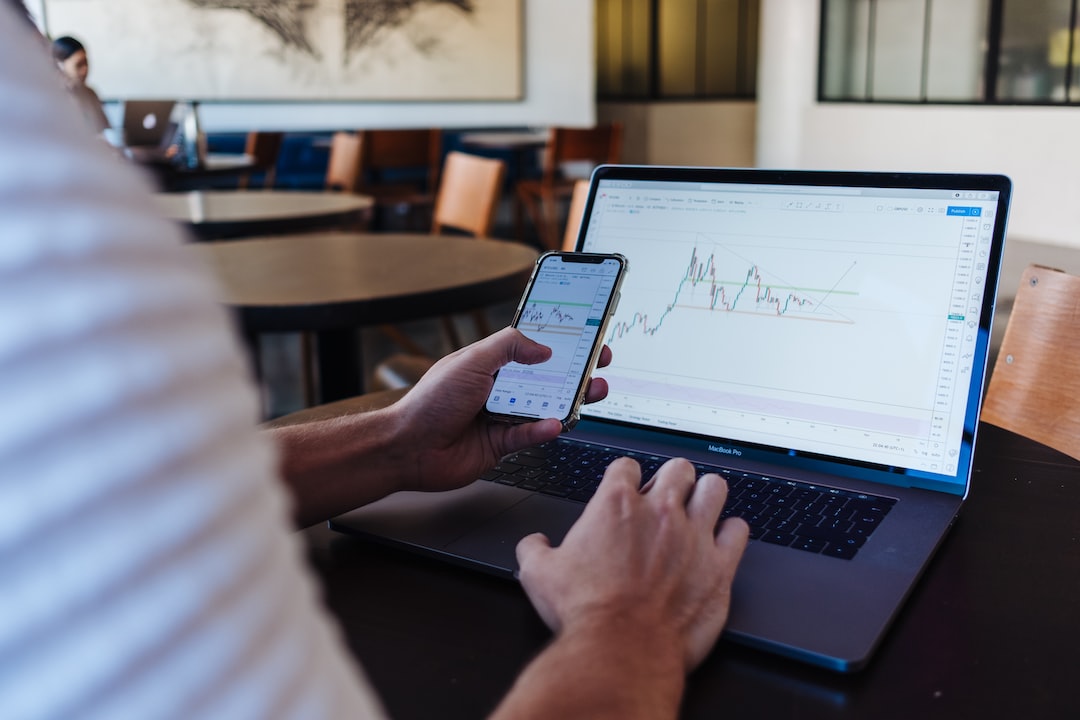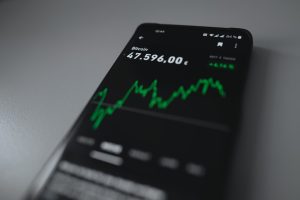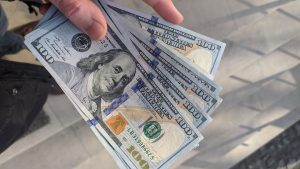The foreign exchange market, or the forex market, is the largest and most liquid financial market in the world. It is a global marketplace where currencies are traded 24 hours a day, five days a week. To regulate and manage the exchange rate of their currency, countries implement different forex regimes. In this article, we will explore what a forex regime is, how it works, and its impact on the economy.
What is a Forex Regime?
A forex regime is a system that a country uses to manage its exchange rate. It determines the exchange rate policy that a country follows to manage its currency’s value. There are three types of forex regimes: fixed, floating, and managed.
1. Fixed Exchange Rate Regime
In a fixed exchange rate regime, the value of a currency is fixed to a specific currency, precious metal, or a basket of currencies. The central bank of the country maintains the exchange rate by buying or selling its currency in the foreign exchange market. This type of regime provides stability in the exchange rate and reduces uncertainty for traders and investors. However, it also limits the ability of the central bank to use monetary policy to stabilize the economy.
2. Floating Exchange Rate Regime
In a floating exchange rate regime, the value of a currency is determined by the market forces of supply and demand. The exchange rate is not fixed, and it fluctuates based on various factors such as economic data, political events, and market sentiment. The central bank of the country does not intervene in the foreign exchange market to control the exchange rate. This type of regime provides flexibility to the central bank to use monetary policy to stabilize the economy. However, it also increases uncertainty for traders and investors.
3. Managed Exchange Rate Regime
In a managed exchange rate regime, the central bank of the country intervenes in the foreign exchange market to manage the exchange rate. It can either buy or sell its currency to influence the exchange rate. This type of regime is a hybrid of fixed and floating exchange rate regimes. It provides some stability to the exchange rate while also allowing the central bank to use monetary policy to stabilize the economy.
How Does a Forex Regime Work?
A forex regime works by managing the exchange rate of a currency. The exchange rate is the value of one currency in terms of another currency. For example, the exchange rate between the US dollar and the euro is 1.18, which means that one euro is worth 1.18 US dollars.
In a fixed exchange rate regime, the central bank of the country maintains the exchange rate by buying or selling its currency in the foreign exchange market. If the exchange rate is too low, the central bank will buy its currency to increase its value. If the exchange rate is too high, the central bank will sell its currency to decrease its value.
In a floating exchange rate regime, the exchange rate is determined by the market forces of supply and demand. If there is a high demand for a currency, its value will increase, and if there is a low demand, its value will decrease. The central bank does not intervene in the foreign exchange market to control the exchange rate.
In a managed exchange rate regime, the central bank of the country intervenes in the foreign exchange market to manage the exchange rate. It can either buy or sell its currency to influence the exchange rate. If the exchange rate is too low, the central bank will buy its currency, and if the exchange rate is too high, it will sell its currency.
Impact of Forex Regimes on the Economy
The forex regime has a significant impact on the economy of a country. It affects the trade balance, inflation, and economic growth.
In a fixed exchange rate regime, the central bank has limited control over the money supply, and therefore, it cannot use monetary policy to stabilize the economy. This can lead to high inflation and reduce economic growth. However, it provides stability in the exchange rate, which can attract foreign investment and promote international trade.
In a floating exchange rate regime, the exchange rate is determined by the market forces of supply and demand. This provides flexibility to the central bank to use monetary policy to stabilize the economy. However, it increases uncertainty for traders and investors, which can lead to volatility in the exchange rate.
In a managed exchange rate regime, the central bank has some control over the exchange rate, which can provide stability and reduce uncertainty for traders and investors. However, it can also lead to a lack of transparency in the foreign exchange market, which can discourage foreign investment and reduce international trade.
Conclusion
In conclusion, a forex regime is a system that a country uses to manage its exchange rate. It determines the exchange rate policy that a country follows to manage its currency’s value. There are three types of forex regimes: fixed, floating, and managed. The forex regime has a significant impact on the economy of a country. It affects the trade balance, inflation, and economic growth. Understanding the forex regime of a country is essential for traders and investors to make informed decisions.





